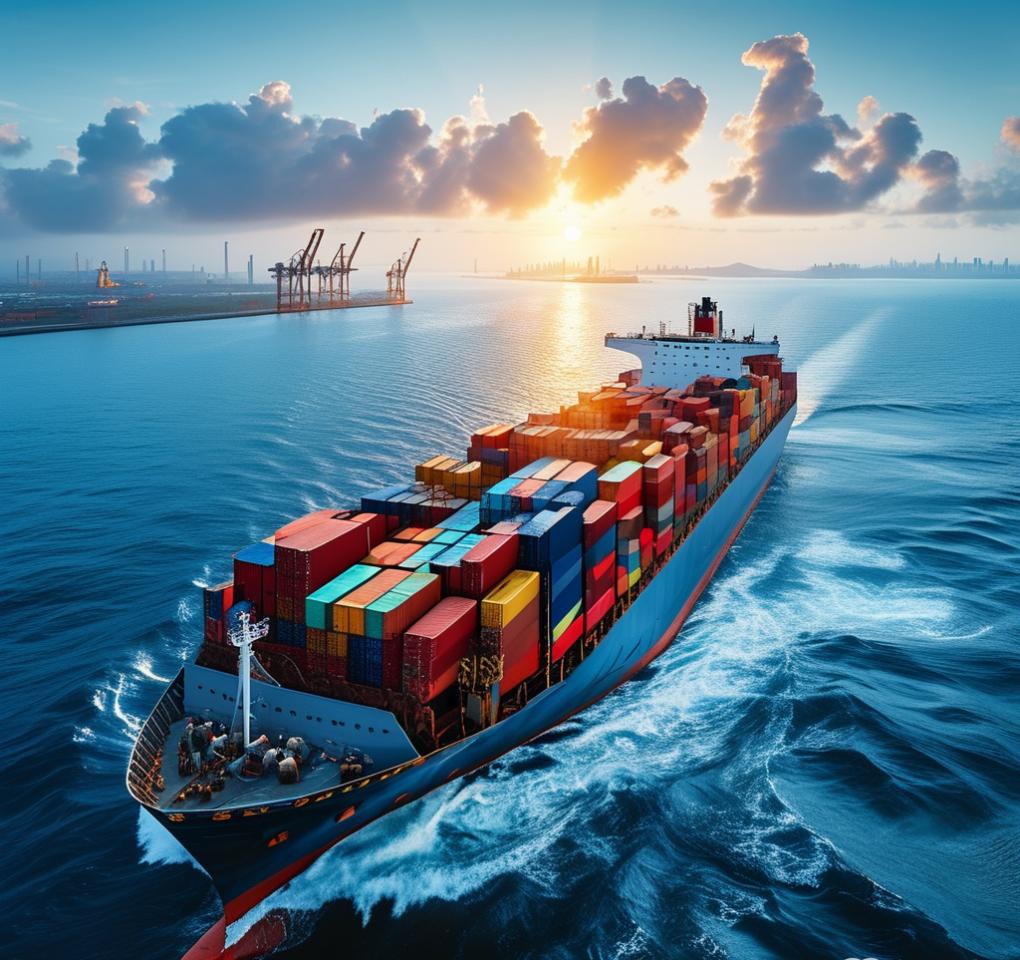- By TOP CHINA FREIGHT
- July 16, 2025
- Shipping
Affordable Shipping Options from China to italy
With strong economic ties between China and Italy, ocean freight remains the most cost-effective and scalable method for transporting goods across continents. Whether you’re shipping fashion goods, furniture, machinery, or consumer electronics, ocean shipping from China to Italy provides a reliable and efficient solution.
This guide covers all the essential aspects of ocean freight, including typical costs, shipping routes, logistics services, and frequently asked questions.

1. Cost-Effective for Bulk Cargo
Ocean freight is by far the most economical shipping method for large-volume or heavy goods. While air freight may deliver faster, its cost per kilogram is significantly higher. Ocean freight allows businesses to maximize shipping volume while keeping logistics budgets under control.
Typical cost ranges :
Ocean freight rates vary depending on the port pair, container type, cargo volume, and market conditions. Below are estimated average rates:
| Shipping Mode | Estimated Cost (USD) |
|---|---|
| LCL (Less than Container Load) | $50–$100 per CBM |
| FCL 20-foot Container | $1,500 – $2,500 |
| FCL 40-foot Container | $2,300 – $3,800 |
| Customs Clearance (China + Italy) | $150–$300 per shipment |
| Door-to-Door Delivery (optional) | Based on final destination and cargo size |
Costs can fluctuate based on fuel surcharges, container availability, seasonality, and carrier schedules.
2. Flexible Container Options
Whether you’re a small business or an enterprise, ocean shipping offers solutions tailored to your needs:
- FCL (Full Container Load): Exclusive use of a 20ft or 40ft container for bulk or high-volume cargo.
- LCL (Less-than-Container Load): Share a container and pay only for the space you use—ideal for smaller shipments.
- Reefer, Open-Top, Flat Rack Containers: For special goods like perishables, oversized machinery, or sensitive equipment.
3. Main Sea Route from China to Italy
Ocean shipping from China to Italy follows one of the world’s busiest maritime trade routes, linking Asia to Europe via the Suez Canal.
| Route Segment | Details |
|---|---|
| Departure Ports (China) | Shanghai, Ningbo, Shenzhen, Qingdao, Xiamen, Tianjin |
| Transit Waterways | South China Sea ➜ Strait of Malacca ➜ Indian Ocean ➜ Suez Canal ➜ Mediterranean Sea |
| Arrival Ports (Italy) | Port of Genoa, Port of La Spezia, Port of Venice, Port of Trieste |
| Transit Time | Typically 28–40 days, depending on port combinations and transshipments |
4. End-to-End Logistics Support
Professional freight forwarders offer complete logistics solutions for your China–Italy shipment—from supplier pickup to delivery at your Italian facility.
| Logistics Phase | Included Services |
|---|---|
| Supplier Pickup in China | Trucking from factory to port |
| Export Customs Clearance | Declarations, HS code classification, export documents |
| Ocean Freight Booking | FCL or LCL space reservation, carrier selection, schedule tracking |
| Port Handling & Loading | Container stuffing, bill of lading issuance |
| Sea Transit | Route monitoring, delay alerts, ETA updates |
| Import Clearance in Italy | EU customs declaration, VAT and duty handling, document management |
| Inland Delivery (Italy) | Trucking to warehouse, fulfillment center, or store |
| Optional Add-ons | Warehousing, cargo insurance, bonded storage, palletization, consolidation |
5. Sustainable & Scalable Shipping
Ocean shipping is significantly more energy-efficient than air freight, making it the more environmentally responsible choice. For businesses aiming to lower their carbon footprint while still moving large volumes, sea freight is the most sustainable solution.
And thanks to increasing automation at ports and smart logistics systems, ocean shipping is now faster and more flexible than ever before.
Need a Shipping Quote?
Click below to get a free, no-obligation quote from TJ China Freight.
We’ll respond within 24 hours with the best shipping options for your cargo.
FAQ
Q1: How long does ocean freight take from China to Italy?
Average transit time is 28–40 days, depending on ports, carrier, and whether direct or transshipment service is used.
Example: Shanghai ➜ Genoa = ~30–35 days.
Q2: What are the most common Italian ports for cargo from China?
- Port of Genoa – Italy’s busiest port and key hub for container imports
- Port of La Spezia – Close to northern industrial centers
- Port of Venice – Strategic for northeast Italy
- Port of Trieste – Gaining popularity for access to Central Europe
Q3: Are there duties or VAT when importing into Italy?
Yes. Italy, as part of the EU, imposes:
- Import VAT (typically 22%)
- Customs duties based on the product’s HS code
A customs broker or freight forwarder can handle this on your behalf.
Q4:What documents are required for shipping to Italy?
Standard shipping documents include:
- Bill of Lading
- Commercial Invoice
- Packing List
- Certificate of Origin (if required)
- Import declaration documents (EU)
